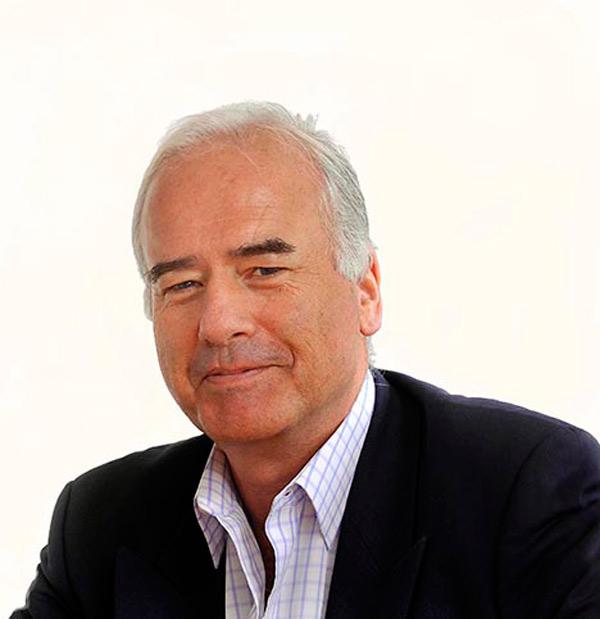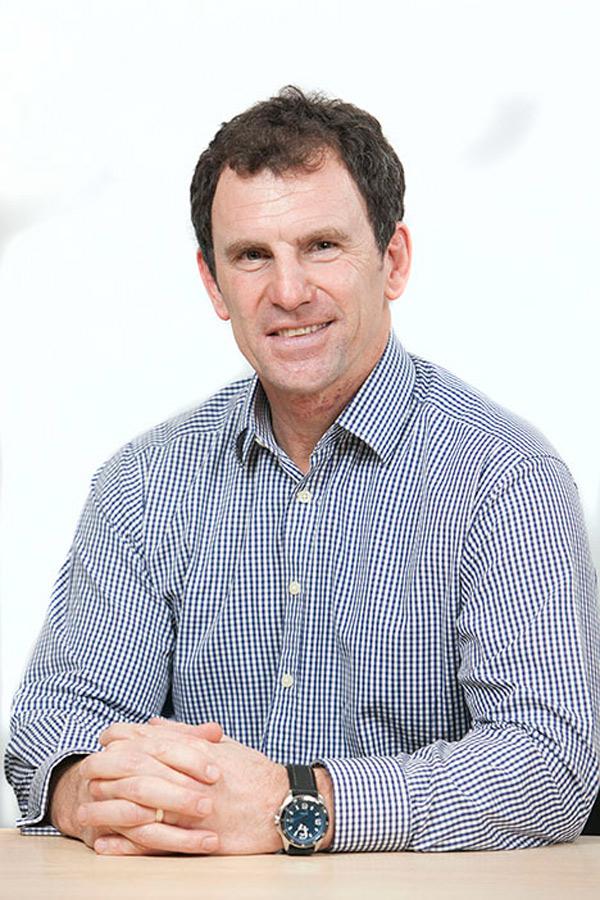Match-fixing is as grave a threat as doping
Match-fixing is as grave a threat as doping, so why isn’t tackling it given the same priority?

Chief Executive,
Sport and Recreation Alliance
The Sport and Recreation Alliance has been making this point for quite some time and in light of a new flurry of corruption cases in the media, thinks it’s high time we started to step these efforts up a gear.
This isn’t to say that work isn’t being done in this area: at national level, sports governing bodies are working harder than ever to ensure they have robust integrity rules, procedures and whistleblowing mechanisms in place.
Also, the Sports Betting Group (SBG) – led by the Alliance – was set up in 2010 to provide governing bodies with extra support. The group effectively lobbied to secure new legislation which will mean overseas betting operators will be legally obliged to share all betting intelligence with the Gambling Commission and sports governing bodies, making it easier to investigate suspicious patterns.
At a transnational level, the Council of Europe is drafting an international convention to combat match-fixing, while Interpol and Europol are working closely with international sporting federations like FIFA to educate participants and identify match-fixing networks.
But this isn’t enough. It has become a tiresome truism, but closer collaboration between all agencies is essential if we’re to win the battle against this multi-dimensional problem: sports bodies, law enforcement agencies, gambling regulators, betting operators and governments all have important roles to play.
During the London 2012 Olympics and Paralympics, a Joint Assessment Unit (JAU) was set up to collect, quickly assess and act on information relating to possible corrupt sports betting activity during the Games. The JAU brought together the International Olympic Committee, Gambling Commission and Metropolitan Police and was housed in the offices of UK Anti-Doping in London.
The initiative has been widely regarded as a great success and should be held up as an example of best practice moving forward. We should also look to Australia, which has been ahead of the curve when it comes to bravely and publicly acknowledging and tackling both doping and match fixing.
What’s clear is that tackling corruption in sport comes at a price and many sports bodies are struggling to find the funds needed to invest in integrity measures.
So what steps can we take? Firstly, the government should make a real and public commitment to tackling the match-fixing issue on a collaborative basis.
Secondly, funding should be made available for sports governing bodies to help pay costs associated with player education and additional staffing, as well as intelligence and monitoring.
And thirdly, sports should be more closely consulted when it comes to deciding the types of bets that are offered on their sports. With conflicting priorities and levels of resource, the match-fixing issue isn’t always straightforward, but it can be resolved with better collaboration and engagement by all parties involved.
One thing is for sure – we can’t move forward without real commitment from all the stakeholders involved and significant resources being made available to tackle the issue head on.
Tackling corruption in sport comes at a price and many sports bodies are struggling to find the funds needed

Future talent unearthed at school games

Chief Executive of the Youth Sport Trust ,
YouthSportTrust
I’ve been privileged to witness first hand Olympic and Paralympic Games, World Cup Finals, Wimbledon Finals and many international competitions, but there was something uniquely special about the Sainsbury’s 2013 School Games. It has an honesty and freshness like no other event.
Backed by National Lottery funding from Sport England and run by the Youth Sport Trust, this national multi-sport event, held in Sheffield from 12-15 September this year, provided our elite young sports stars with the opportunity to thrive and perform at the highest level. Over a period of four days, 1,600 athletes descended on the city’s sporting venues to compete across 12 current and future Olympic and Paralympic sports.
Records were broken and medals won, but equally, hearts were broken and tears shed as the athletes put their preparation into play. Whether a good or bad result, it’s about the experience gained from being part of such a big event.
Being part of a team, staying in an Athletes Village, knowing what and when to eat and balancing the fun with the competition; it’s all valuable preparation for the future and for many, a stepping stone to competing at national level.
Over the years, the competition has played host to a number of successful athletes who have gone on to represent Team GB and Paralympics GB.
Alumni including Paralympic gold medallists, Jonnie Peacock, Hannah Cockroft and Ellie Simmonds; sprinter Adam Gemilli and heptathlete Katarina Johnson-Thompson, all had the opportunity to experience the national competition and have gone on to achieve great things.
What I admire most about the event is that young people are central to it. They do everything from supporting athletes at the village and officiating at events, to being part of spectacular singing and dancing performances and hosting the opening and closing ceremonies.
More than 150 young athletes also headed to Sheffield to take part in the Youth Sport Trust’s Talent Inspiration Programme – a great opportunity for athletes taking part in the Sainsbury’s School Games programme to understand the demands of high level performance sport.
There have been many things said about legacy – and much of the impact won’t be seen for years to come – but to me, this is an event which demonstrates that competitive sporting opportunity for young people is alive and well.
Creating the legacy by bridging the gap between operators, schools, communities and experts

CEO and founder of Fit for Sport ,
Fit for Sport
To establish a lasting legacy from 2012 we must engage children in physical activity so they can build on this to enjoy a healthy lifestyle into adulthood. There have been many articles published about the lack of legacy. I say stop talking and start doing something about it!
A good start point is to ensure all children are engaged in physical activity and not just focused on sport. The term sport is used too often and too early with young children. From working with schools for more than 25 years, we’ve learned that if we use the word ‘sport’ as an engagement tool for kids aged 5-8 (school years 1-3), we lose the engagement of two-thirds of the class – because only around a third are ‘good at sport’.
Our focus needs to be on activity: if a child enjoys being active, we can build their confidence to take up a sport later.
I would like to see an emphasis on ‘activity’ for years 1 and 2, progressing to ‘games’ and competition to increase their confidence and sense of achievement in years 3 and 4. By years 5 and 6 (ages 9, 10 and 11) they will be ready for more sports-focused participation to take into secondary school and young adulthood. This is what I call the Journey to Sport.
The reality is few schools have the resources and expertise to deliver sufficient activities for pupils on their own. By working with operators, experts and their local community they can bring many more opportunities to children and deliver the legacy of sport everyone’s looking for.
We know this from experience and are now running Legacy Games Days for schools in partnership with leisure provider Everyone Active. Up to 1,000 children from local schools engage in a day of fun, physical activity where the emphasis is on participation and trying new activities. Many of these activities are sports, but they’re presented in a fun, engaging way. The children don’t say they’ve spent the day playing sport: they say they’ve played games.
I’m convinced that with a little effort and commitment, operators, schools, experts and local communities working in partnership can deliver a lasting legacy of active participation for children.
Once children are excited about activity, their journey into sport is more likely.

Centre Manager
Director of Operations
Fitness Motivator
Recreation Assistant/Lifeguard (NPLQ required)
Membership Manager
Recreation Assistant
Swim Teacher
Swim Teacher
Chief Executive Officer, Mount Batten Centre
Swim Teacher
Swimming Teacher
Swimming Teacher
Company profile

Featured Supplier

Property & Tenders
Company: Knight Frank
Company: Belvoir Castle
Company: AVISON YOUNG
Company: London Borough of Bexley
Company: Forestry England














